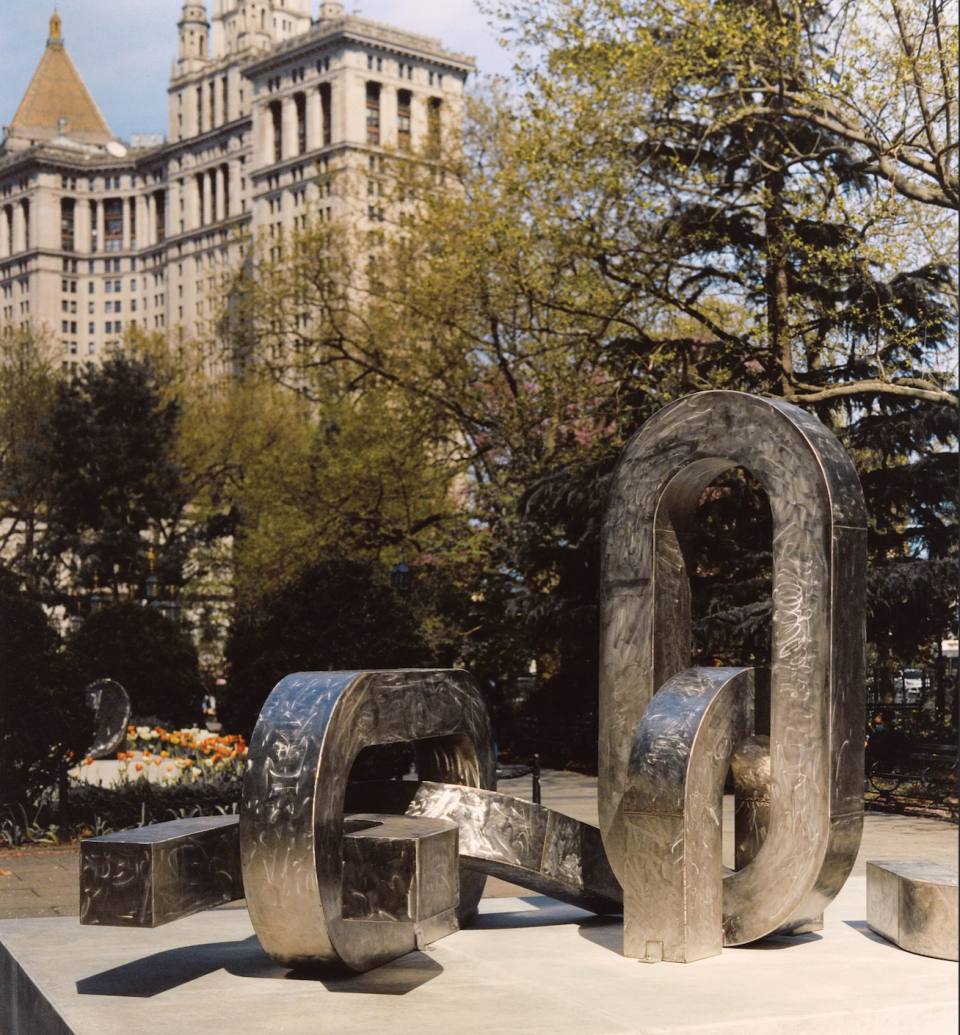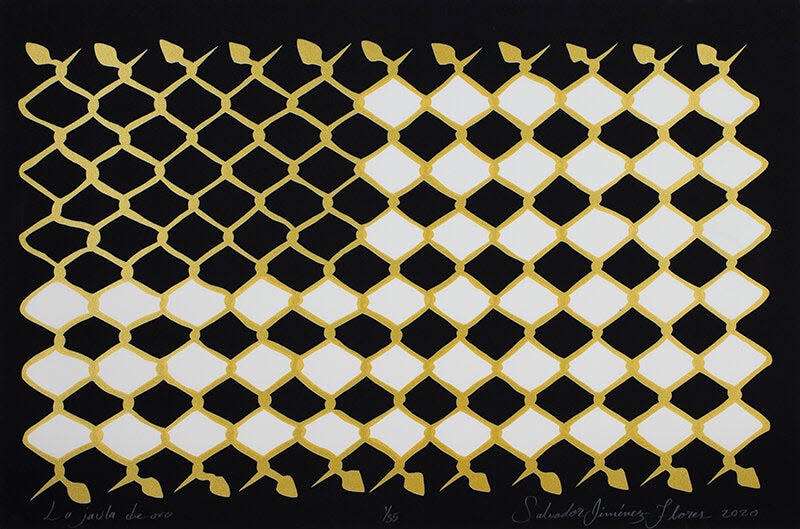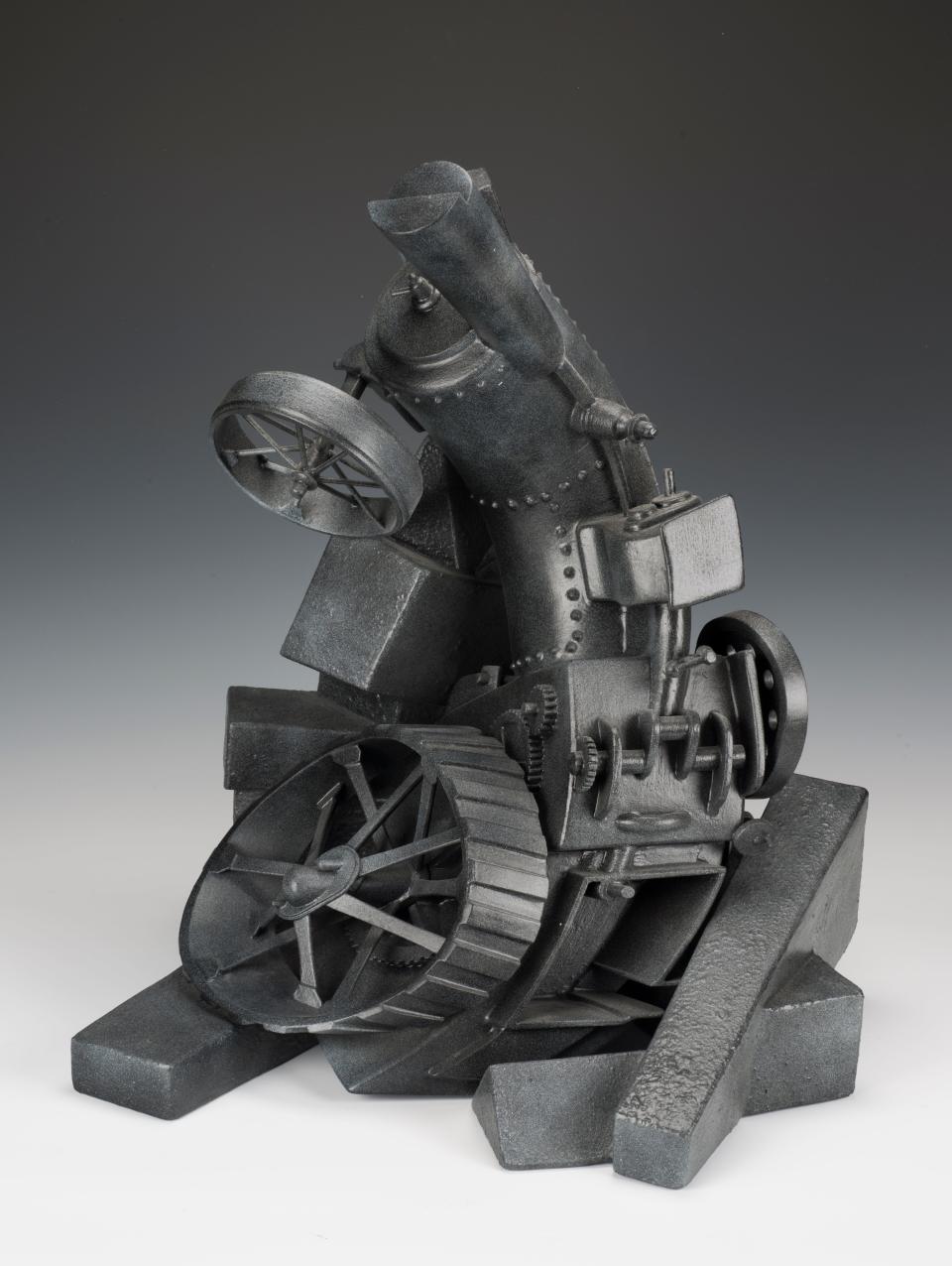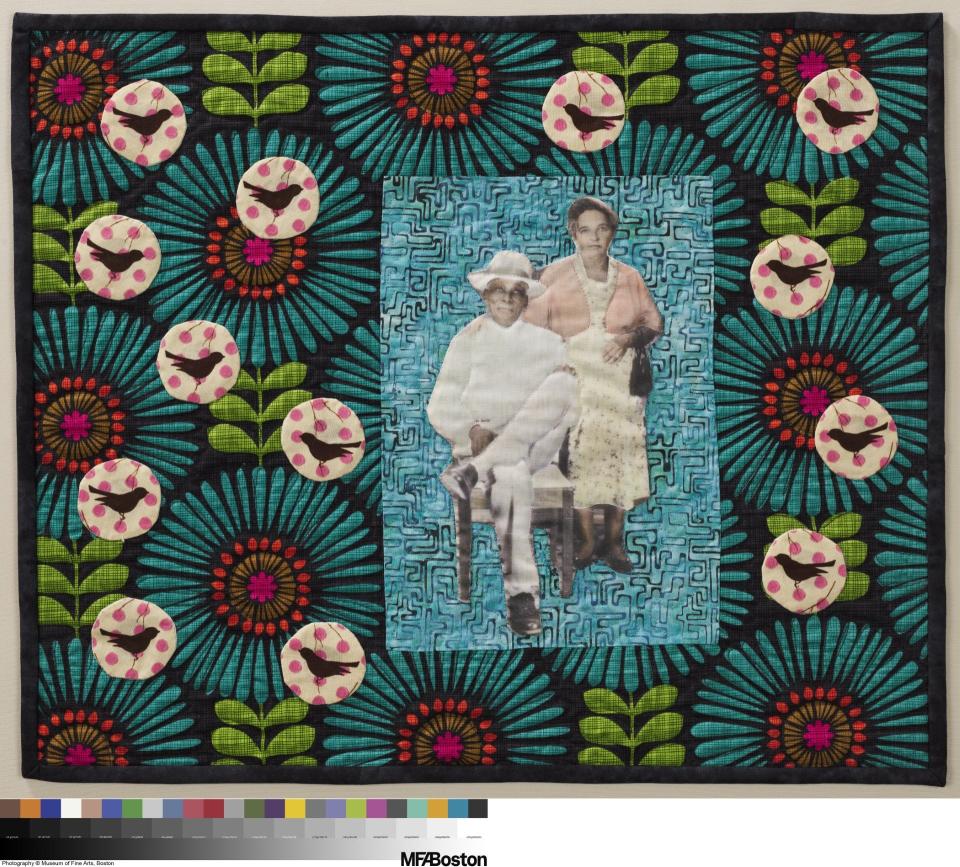Between Worlds: View migration through a different lens at Munson museum exhibition
Over the past century, the world has experienced an unprecedented migration of people due to geopolitical forces, economic crises and opportunities, and climate change.
The Munson Museum of Art’s spring exhibition, Between Worlds, showcases art that offers new perspectives on migration narratives, officials said.
For the first time, Munson Director of Education April Oswald will be offering English Second Language (ESL) classes in conjunction with the exhibit. She will provide prompts to help visitors navigate themes of displacement, belonging, and homecoming.

According to exhibit curator, Mary Murray, the contributing artists represent a variety of backgrounds and sensibilities. They have immigrated from other countries, experienced the Great Migration, or come from African or Indigenous ancestors that were forced to move from their homelands, she explained.
“Migration isn’t just the relocation from one country to another,” said Murray. “The United States has a very mobile population and movement is a deep part of our shared cultural spirit.”
About the exhibit
Between Worlds is a three-part exhibition series developed in collaboration with the Museum of Fine Arts, Boston. The initiative, wholly funded by Art Bridges, supports multi-year exhibition partnerships with the mission of expanding access to American art across the United States.
The exhibit is a joint endeavor among The Mattatuck Museum (Waterbury, CT), Munson Arts (Utica, NY), and the Museum of Fine Arts Boston. It includes art from all three institutions and features a range of 20th and 21st century artists.
The collection showcases a wide range of mediums including work by painters, photographers, printmakers, jewelers, sculptors, and textile artists whose work responds to new experiences in an unfamiliar landscape. Through using different forms artists were able to address the challenges of dislocation and the hopefulness of new beginnings, Murray said.
The exhibit moves in chronological order through six different categories.

It starts during World War II, looking at how the surrealist movement created a new visual language to help artists make sense of a confusing world, said Murray. It then moves onto a section titled ‘allegory’. “In the case of tremendous trauma allegory is a technique artists use to incorporate empowering figures – like animals or symbols – that speak to one's pain in a poetic way,” she explained.
Later categories address the physical process of moving, boundaries that come with relocation, and the adjustment phase after landing.
“For indigenous artists ‘landing’ is a particularly interesting category,” said Murray. “Migrants are faced with the question of how to leave behind such sacred land while holding onto its spiritual value.”
The exhibit concludes with the ‘House and Home’ category which contains images of different accouterments, rituals, and cultural practices.
A contributing artist's perspective
Contributing artist, Jonathan Kirk, grew up in Winchester, England. At the age of 23 he voluntarily immigrated to the United States. Kirk’s “Ashes to Ashes” sculpture is a part of the Between World exhibit.
“The sculpture depicts a steam traction engine in a tangled, disheveled state,” said Kirk. “Clearly, something is terribly wrong. It's meant to poke at our culture’s unquenchable thirst for material things, our ever-growing carbon footprint, and our hubristic attitude during a climate crisis.”
While Kirk did not flee the U.K. due to climate change he recognizes this has become an increasing pattern. “I was drawn to the United States excited by all the possibilities… driven by a sense of adventure,” he admitted.
According to Kirk, living in the States has lived up to his expectations. In fact, Kirk feels that by immersing himself in a new culture he's gained insight into the one he’s left behind.

“My cultural background has become the subject of my sculpture making,” Kirk explained. “The Industrial Revolution, Britain’s maritime history, and colonialism are themes I find myself coming back to in my art. All my sculptures tell partials – stories without endings – using the language of Abstract Formalism as the primary mode of communication.”
Having led Sculpture Space, an international residency program in Utica, for over 20 years Kirk emphasized the importance of a global perspective. “The more exposure you have to other cultures the better apt you are to make decisions on how to lead your life… and for that matter, how to create art,” he said.
Migration vs the "Migrant Crisis"
According to Murray, the two museums– the Mattatuck Museum and Munson Museum of Art– partnered up given their shared reputation as sanctuary cities.
“Much of the population in Waterbury is of Caribbean or South American descent,” said Murray. “Utica, on the other hand, is a refugee resettlement city so our residents come from all across the globe.”
Oneida County’s continued emergency renewal orders, an effort to avoid max-capacity given the influx of migrants, was not influential in the selection process, Murray affirmed. Munson agreed to the joint endeavor four years ago.
“Though, in a way art can spot precursory trends,” illustrated Murray. “There's a line by literary critic Edward Said where he describes migration as the condition of contemporary human life. The experiences on display in this will continue to impact subsequent generations.”

A sneak peak
Murray noted that collection sharing has enriched Munson’s personal collection. She referenced two artists to stake her claim: Melvin Edwards and Sylvia Hernández.
Edwards is well-known for his sculpture “Song of the Broken Chains” (2020), a “locus for Black Lives Matter activists,” but Murray said his art takes a new form in Between Worlds: paper and a silk screen.
She also mentioned Sylvia Hernández’s "Don Berro and Abuela Moncha" quilted portrait.
“The photo transfer is a tribute to her husband’s great aunt and uncle,” said Murray. “It’s a testimony to the family they established in Puerto Rico. The birds radiating around the couple represent their children who flew from the nest and carried the spirit of home into new places.”
This article originally appeared on Observer-Dispatch: Munson Museum of Art’s spring exhibition, Between Worlds

